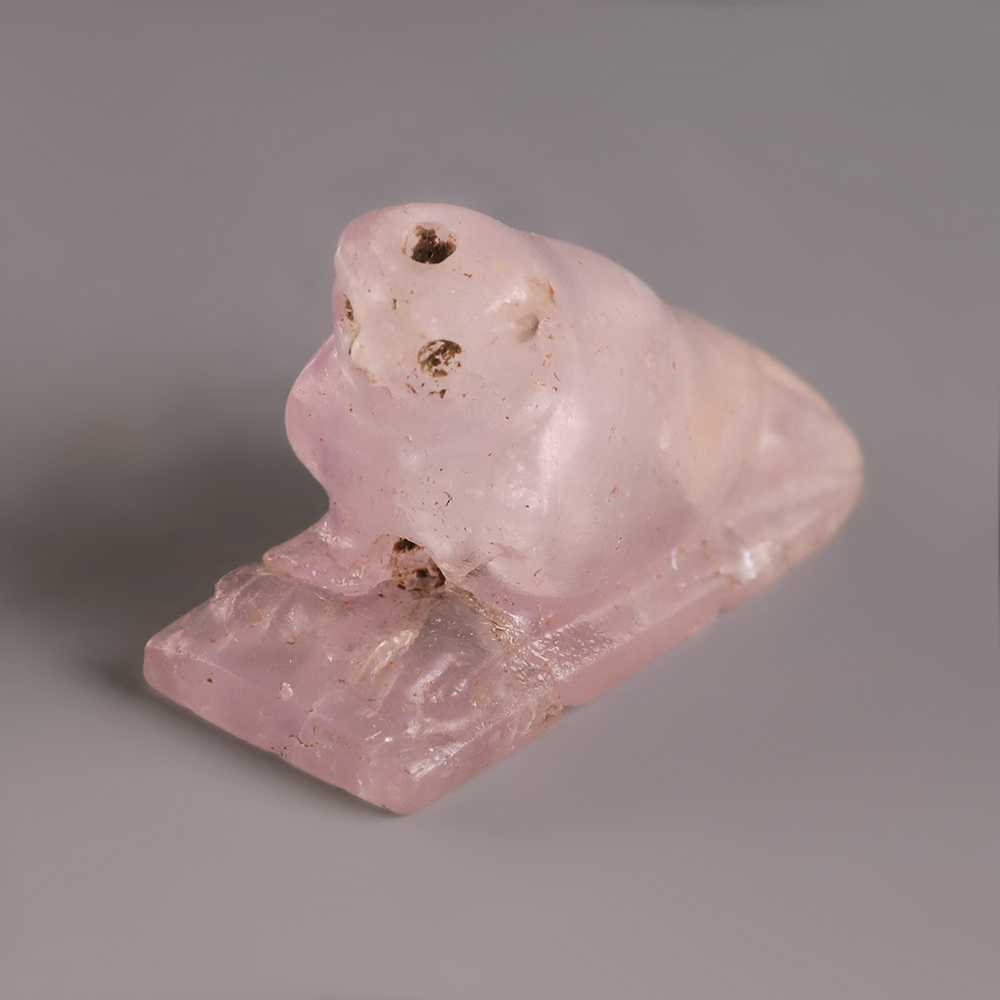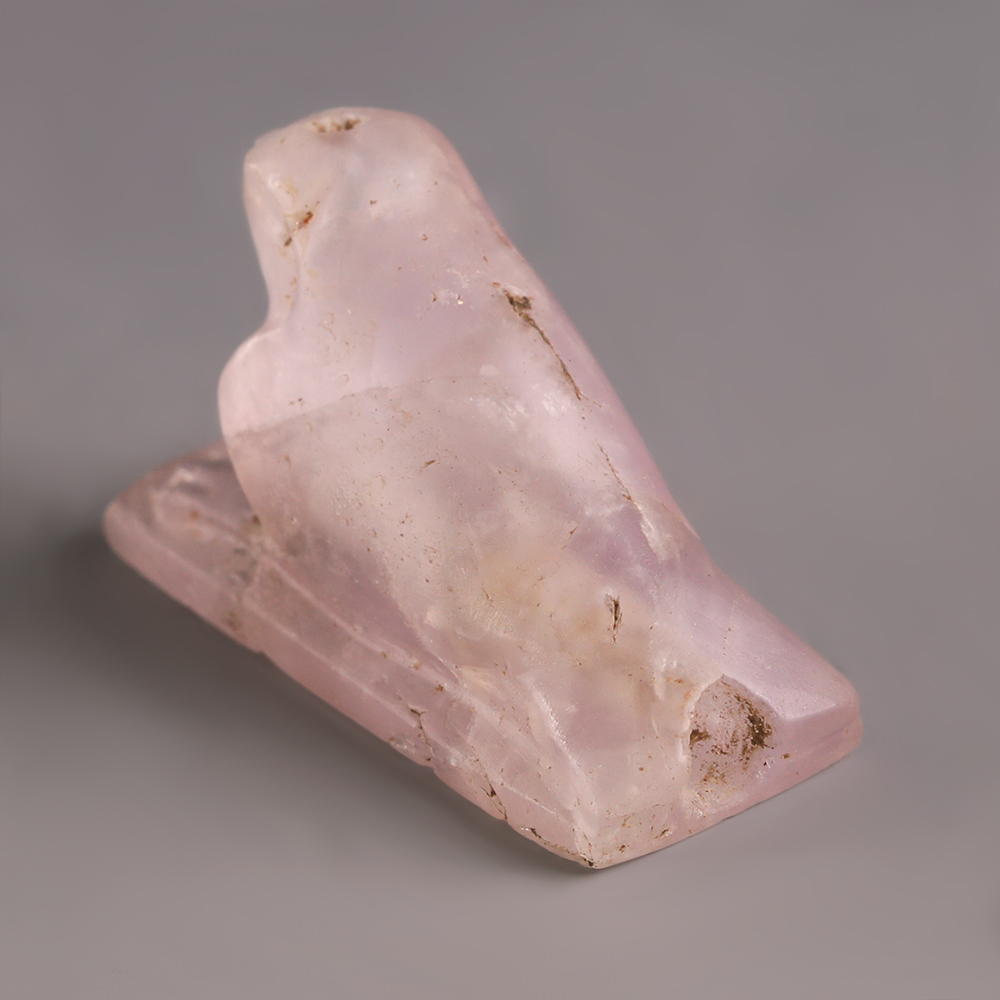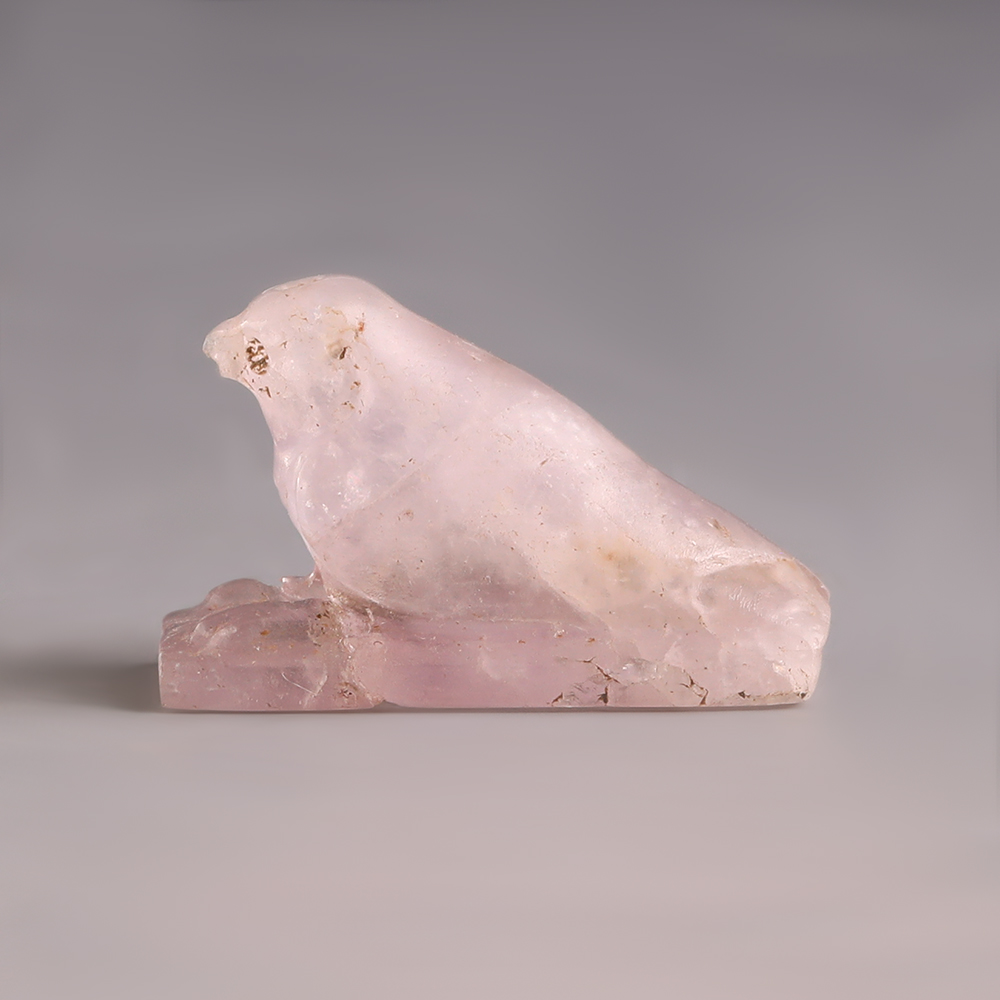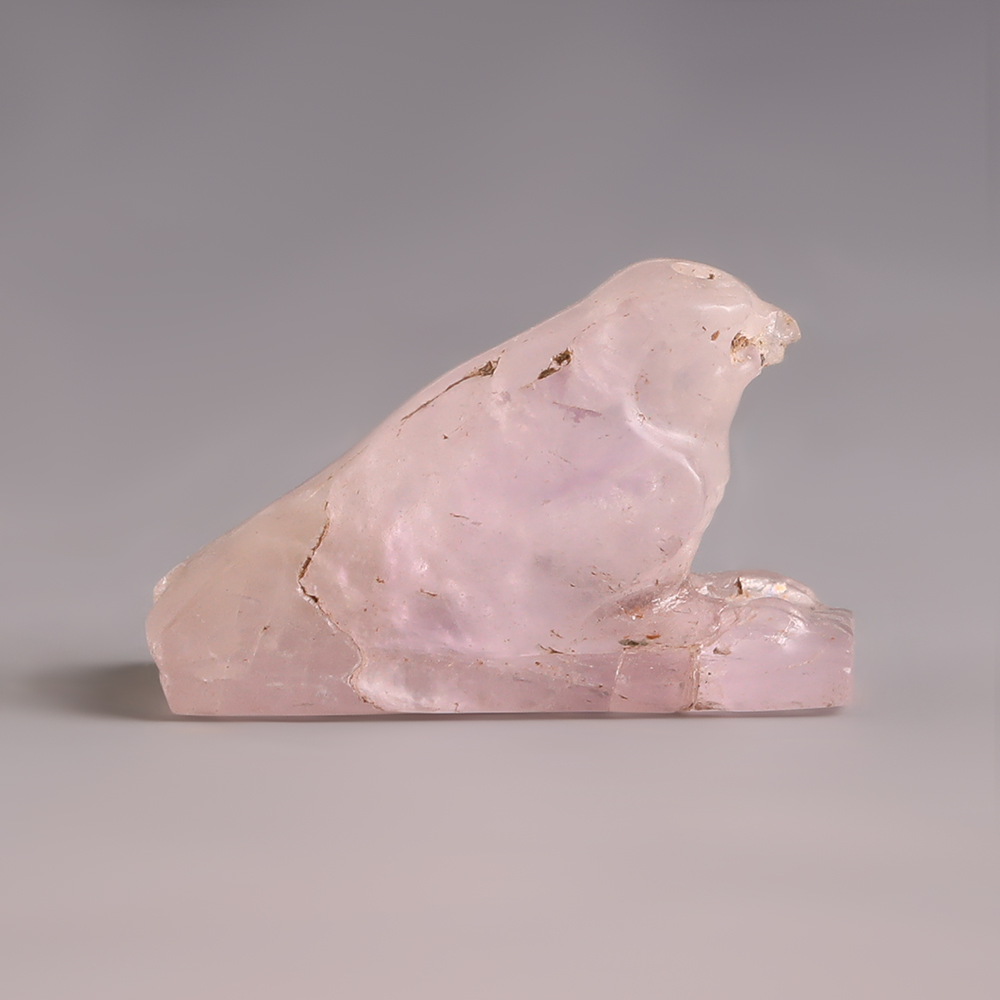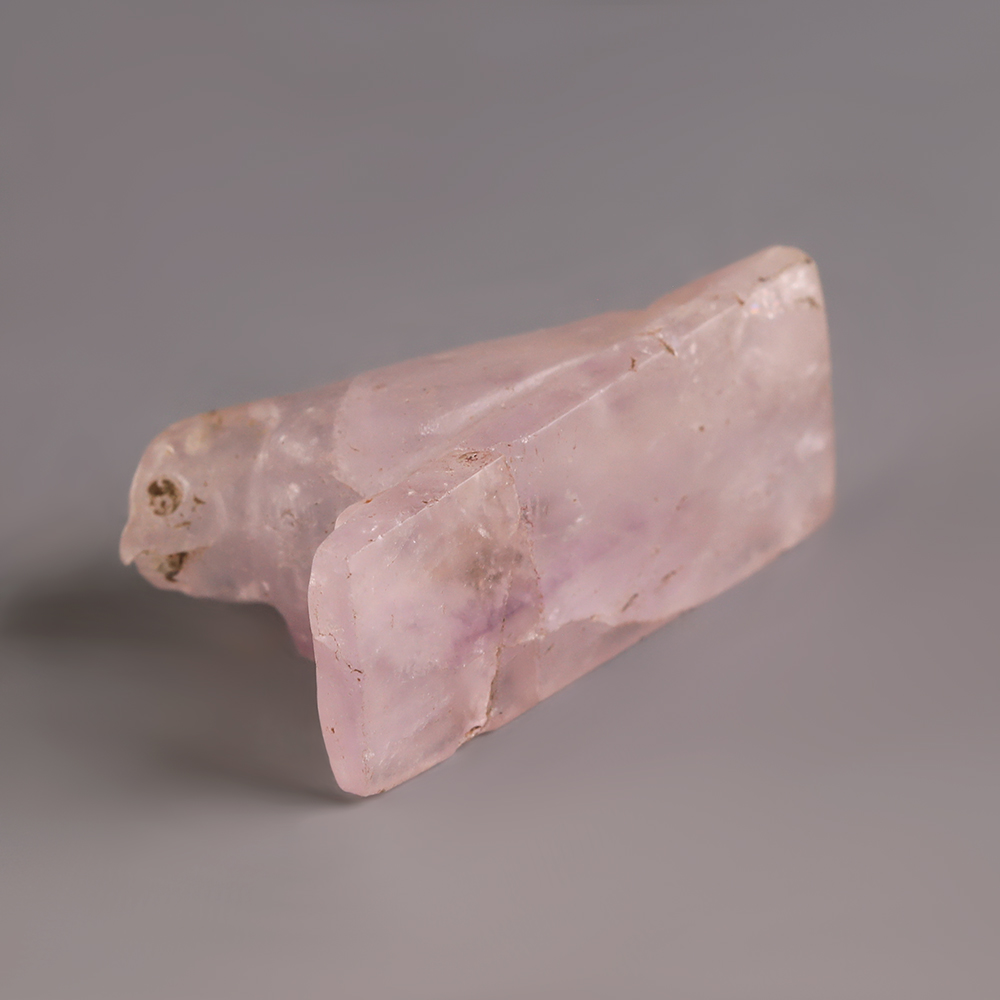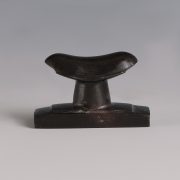The Egyptians wore amulets alongside other pieces of jewellery. They were decorative, but also served a practical purpose, being considered to bestow power and protection upon the wearer. Many of the amulets have been found inside the wrappings of mummies, as they were used to prepare the deceased for the afterlife.
Amulets held different meanings, depending on their type or form. Small amulets depicting gods and goddesses seem to have induced the protective powers of the deity. On the other hand, small representations of anatomical features or creatures suggest that the wearer required protection over a specific body part, or that he/she desired the skills of a particular animal. Amulets depicting animals were very common in the Old Kingdom Period, whilst representations of deities gained popularity in the Middle Kingdom.
Horus was commonly depicted with the head of a falcon and was a sky god, who looked after the sun and moon. They were said to be represented in each of his eyes, and thus the Eye of Horus, also known as ‘Wedjat’, was an ancient symbol of protection, particularly for the afterlife, as well as possessing the ability to deflect evil.
The name “amethyst” comes from the Greek, ‘amethystos‘, meaning “not intoxicated” (‘ἀ- a-, “not” and μεθύσκω ‘methysko‘ / μεθύω ‘methyo’, “intoxicate”). The Egyptians seem to have held similar beliefs in the protective qualities of the beautiful stone. They believed the stone had talismanic properties against malign influences. They were often carved in the likeness of deities, presumably to enhance the protective element. The Egyptians would have sourced their amethyst from Nubia, which was a province of Egypt, and the stone was a firm favourite among the pharaohs.
To find out more about Ancient Egyptian amulets please see our relevant blog post: Egyptian Amulets and their Meanings: Ancient Egyptian Gods.
